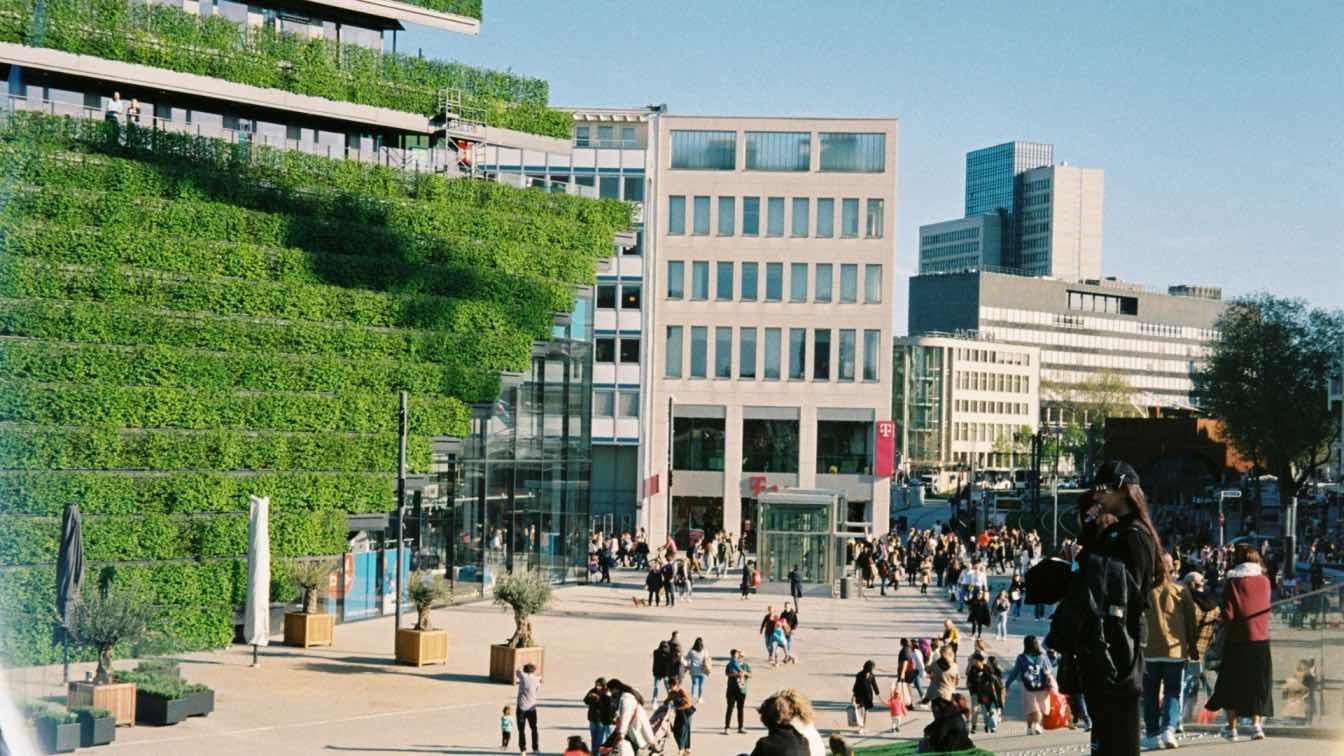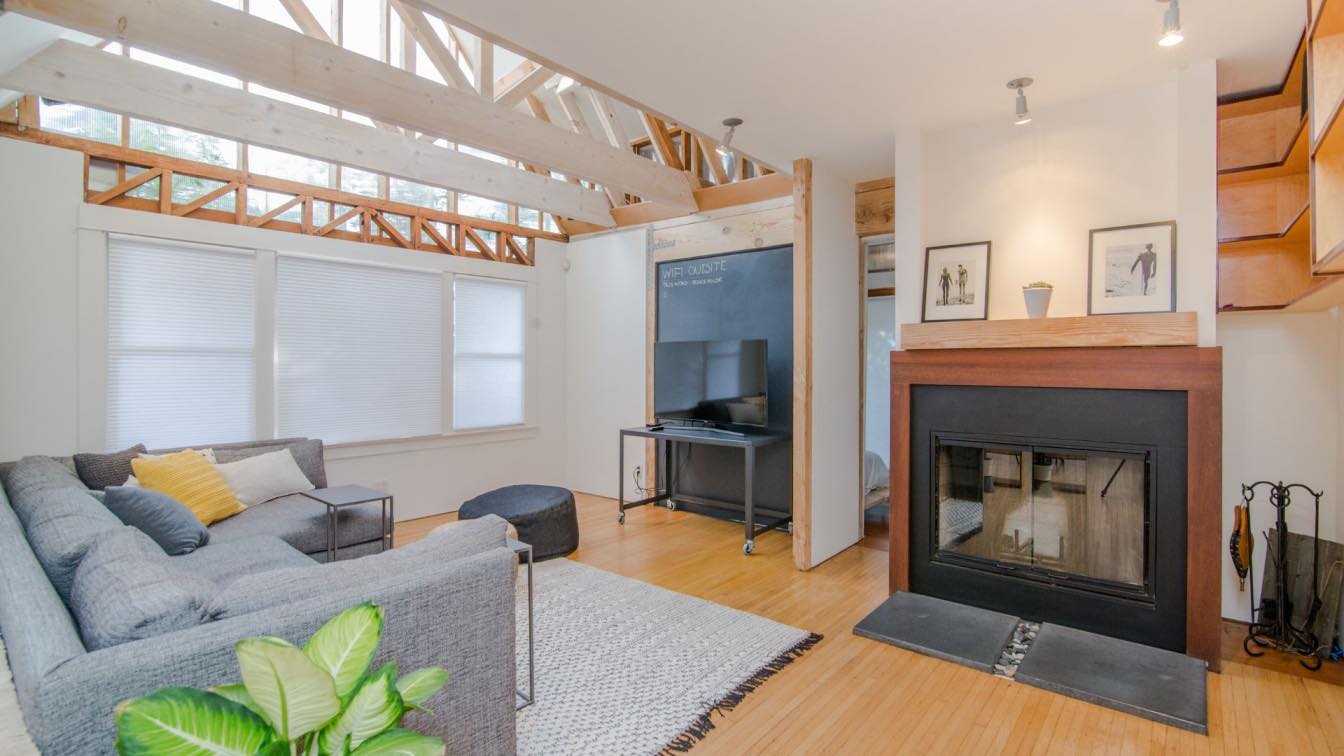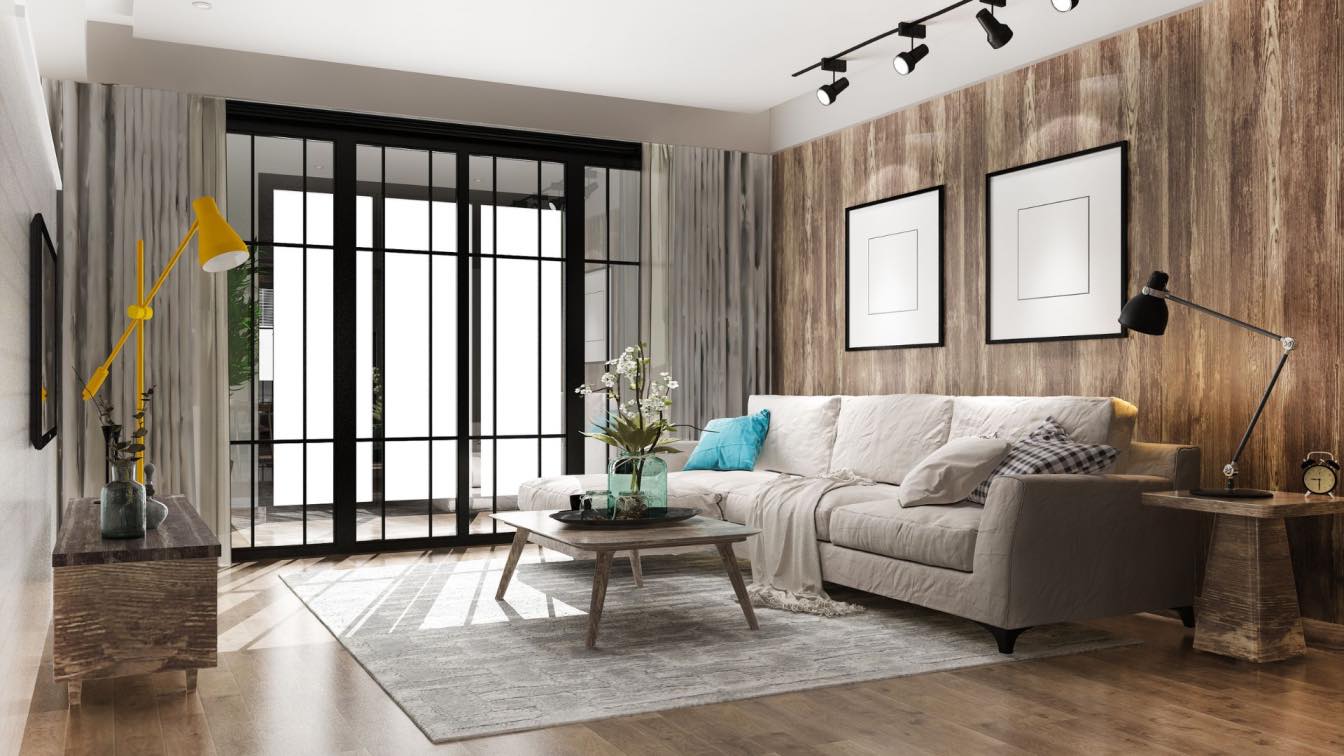Modern architecture faces a dual imperative: respecting the rich tapestry of historical context while simultaneously pushing the boundaries of innovation for sustainable and contemporary living. All too often, new developments either replicate past styles without progress or introduce jarring structures that ignore their surroundings. However, leading architectural firms are masterfully navigating this challenge, creating beautiful, functional, and environmentally responsible spaces that enhance urban landscapes for the future.
This article explores how architects are blending heritage and innovation, drawing inspiration from cities rich in architectural diversity, to design buildings that are both timeless and cutting-edge, contributing to a sustainable built environment.
The Dialogue Between Past and Future in Architectural Design
Cities worldwide, including vibrant urban centres like London, Edinburgh, and Cardiff, boast layers of architectural history. From Victorian elegance to Georgian grandeur, the urban fabric tells a story. For architects, the challenge lies in engaging in a meaningful dialogue with the past. It's about:
Honouring Context: Respecting existing heritage by understanding traditional materials, building forms, and urban patterns.
Embracing Modernity: Introducing contemporary elements that reflect current needs, technological advancements, and evolving design philosophies.
Harmonious Integration: Ensuring that new structures feel integrated within their historical surroundings while still possessing a distinct, forward-looking identity.
This delicate balance results in spaces that are uniquely suited to their urban fabric, bridging eras.
Pillars of Impactful and Sustainable Architecture
Leading architectural practices are defined by a commitment to principles that extend beyond mere aesthetics:
Innovative Design: Design that is not only visually compelling but also solves contemporary problems related to space utilisation, natural light, and efficient flow within the building.
Functional Excellence: Creating spaces that truly serve their intended purpose effectively and efficiently, whether it's a collaborative office environment or a comfortable residential home.
Sustainable Principles: A deep commitment to environmental responsibility, incorporating eco-friendly materials, maximising energy efficiency, and minimising the building's overall environmental impact throughout its lifecycle.
Blending Heritage and Modernity: Possessing the skill to fuse traditional materials and styles with contemporary elements, creating a unique architectural language that is both timeless and cutting-edge.
Client-Centric Vision: Collaborating closely with clients to translate their unique needs, aspirations, and brand identity into a tangible built reality.
The Role of Technology in Modern Architectural Practice
Advanced technology plays an integral role in achieving these architectural feats. Tools such as 3D modelling, Building Information Modelling (BIM), and sophisticated visualisation software enable architects to design with greater precision, assess environmental performance, and present immersive concepts to clients. These digital tools streamline the design process and contribute to the execution of more innovative and sustainable projects.
Spotlight: GSH Architects – Crafting Sustainable Spaces in Cardiff and Beyond
As a firm deeply committed to creating exceptional spaces that blend innovative design with a profound understanding of urban character, GSH Architects exemplifies architectural excellence, with a notable presence in Cardiff.
GSH Architects, with their Cardiff office located at 23 Womanby Street, Cardiff, CF10 1BR, are passionate about blending heritage and innovation. They respect historical context while embracing contemporary elements, creating spaces that are both timeless and cutting-edge. Sustainability is at the heart of their philosophy. They are committed to creating environmentally responsible designs that meet the latest standards for energy efficiency and eco-friendliness, integrating cutting-edge green technologies and sustainable materials into new builds and retrofitting historic structures. Their comprehensive services cater to both residential and commercial projects in Cardiff and South Wales, including bespoke homes, modern office spaces, retail units, and expert guidance on planning applications.
Future-Focused Design in Urban Landscapes
The work of architectural innovators is crucial in shaping cities that are prepared for future challenges. Addressing issues such as climate change, increasing population density, and promoting well-being within the built environment requires a holistic approach to urban planning and architectural design. By integrating sustainable principles and innovative solutions, architects are not only creating inspiring and functional buildings but also contributing to the long-term resilience and liveability of our urban landscapes.
Conclusion
Blending heritage with innovation and prioritising sustainability are critical tenets for leaders in architectural design. By mastering this delicate balance, firms create inspiring, functional, and enduring spaces that not only meet the demands of the present but also contribute significantly to a more sustainable and aesthetically rich future for urban environments worldwide.





